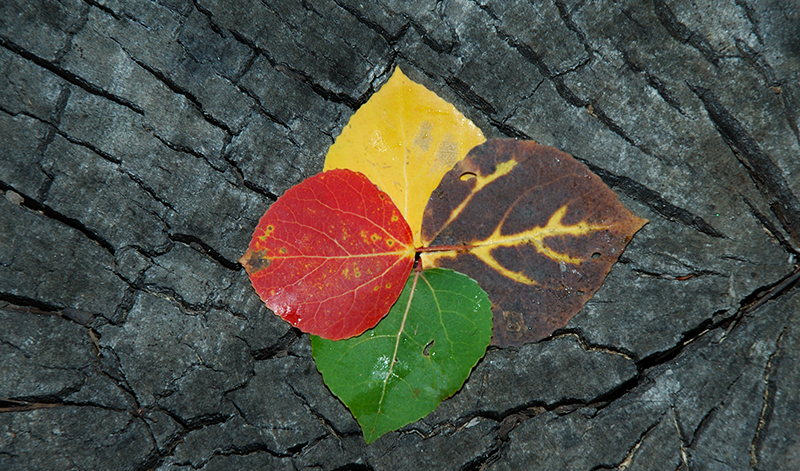It all started as a dare.
During a futsal practice, Mike Weiland chatted with another parent about emerging AI-powered sports cameras that follow the ball. At the time, this technology was in its infancy—Veo had only been released six months earlier. With his background in 360° and 180° photography, Mike explained how such a system could be built. The other parent, skeptical, insisted it was impossible—and that was all the challenge Mike needed.
Determined to prove it could be done, he designed a custom rig using affordable Amazon cameras (under $100). The prototype worked, but disaster struck during a high school varsity game in 2020 when a gust of wind toppled the tripod, destroying one of the two cameras. Worse, the model had been discontinued. Attempts with newer cameras revealed inconsistencies in aspect ratio, leading to a refined three-camera system.
Beyond hardware, Mike experimented with AI ball-tracking to automatically follow the play and render a finished video. He also explored the use of VR headsets for playback, which proved to be an interesting option—it significantly cut down on turnaround time by eliminating the need for complex video stitching.
Mike also worked on integrating an NVIDIA Jetson Nano to control the cameras and enable real-time video stitching. However, before the project could be fully developed, his kids’ club adopted Veo and later Trace cameras, shifting the focus away from further innovation.
Despite its DIY nature, the project still had an impact—several players used footage from the camera to create highlight videos while pursuing college soccer opportunities.
While the DIY 180-degree camera never became a commercial product, it proved one thing: sometimes, all it takes to innovate is a challenge you can’t resist.
Videos:
4k Video - 180VR Playlist - Best viewed with a VR Headset.



